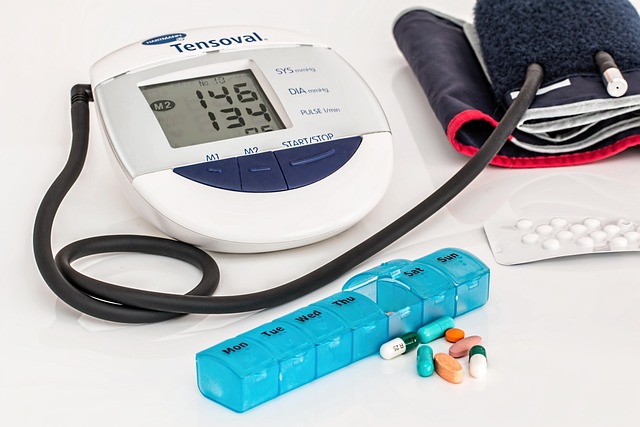Epilepsy Treatment Options and Medication Guidance
Epilepsy is a neurological condition characterized by recurrent seizures and requires individualized care. Treatment often begins after a doctor confirms a diagnosis using history, observation, and tests such as EEG or MRI. Many people achieve good seizure control with appropriate medication and monitoring, while others benefit from additional therapies or lifestyle adjustments. Understanding treatment choices, how pills are used, and what to expect from the patient–doctor relationship can help people make informed decisions about care and daily management.

This article is for informational purposes only and should not be considered medical advice. Please consult a qualified healthcare professional for personalized guidance and treatment.
What causes epilepsy and how is it diagnosed?
Epilepsy may arise from diverse causes, including genetic factors, structural brain differences, infections, stroke, or unknown origins. A doctor evaluates seizure type and frequency to determine whether a diagnosis of epilepsy fits. Diagnostic work typically includes a detailed medical history, eyewitness accounts of events, neurological exams, electroencephalography (EEG) to detect abnormal brain activity, and imaging such as MRI to look for structural contributors. Accurate diagnosis helps guide selection of medication, lifestyle recommendations, and whether further specialist referral is needed.
How do doctors choose medication for epilepsy?
Selecting medication is a personalized decision based on seizure type, age, sex, other health conditions, potential interactions, and patient preferences. Doctors discuss the goals—usually seizure reduction or elimination—alongside side effect profiles and monitoring needs. Initial choices often favor well-established antiepileptic drugs; doses are titrated gradually to find the lowest effective amount. Regular follow-up visits let a patient and doctor assess control and tolerability, adjusting therapy if seizures persist or side effects interfere with daily life.
What types of pills and therapies are available?
Medication options typically fall under antiepileptic drugs (AEDs), which act to reduce abnormal electrical activity in the brain. Commonly prescribed medications include several classes and individual agents; providers select pills based on seizure classification and comorbidities. Beyond pills, non-pharmacologic therapies include dietary approaches (for example, ketogenic diets in specific settings), neurostimulation devices such as vagus nerve stimulation or responsive neurostimulation, and epilepsy surgery for focal origins not controlled by medication. Each option has distinct benefits, risks, and eligibility criteria that a clinician reviews with the patient.
How do patients manage side effects and lifestyle adjustments?
Side effects from medication can range from mild (fatigue, dizziness) to more impactful (mood changes, cognitive effects), and different pills have distinct profiles. Patients should communicate side effects early so a doctor can adjust dose, switch agents, or introduce supportive measures. Lifestyle adjustments—consistent sleep, stress management, alcohol moderation, safe driving practices, and adherence to medication schedules—can reduce seizure risk. Patient education about seizure first aid, workplace considerations, and resources for mental health support is a routine part of comprehensive care.
When are surgical or device options considered?
Surgical and device-based interventions are considered when seizures remain uncontrolled despite appropriate medication trials or when medication side effects are unacceptable. Surgical options aim to remove or disconnect a localized seizure focus; candidacy requires specialized testing, often at epilepsy centers. Neurostimulation devices offer adjustable electrical modulation for some patients with focal or generalized seizures. Decisions about these approaches involve a multidisciplinary team, risk–benefit evaluation, and detailed discussions between the patient and their doctor about expected outcomes and recovery.
Conclusion
Epilepsy treatment spans a spectrum from single-pill regimens to complex multidisciplinary programs involving diet, devices, or surgery. Effective care depends on accurate diagnosis, ongoing patient–doctor communication, and personalized planning that weighs seizure control, side effects, and quality of life. Regular follow-up, medication adherence, and prompt reporting of changes help optimize outcomes. Patients and families can work with local services and epilepsy specialists to identify the combination of therapies that best fits their medical needs and daily life.






